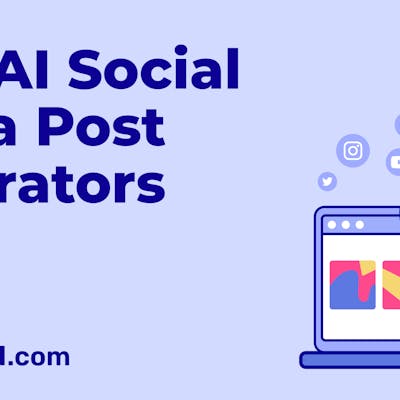|
Getting your Trinity Audio player ready...
|
While many of us are wary of LinkedIn due to its surplus of over-exaggerated claims and humble-brag posts, (hey, remember the awesome HR manager who hired a well-qualified individual even though they had a gap in their resume?), the platform is still filled with a few genuine influencers.
Not the ones who write cringe posts like the aforementioned HR manager, but rather those who share advice, spark discussions, and present thoughtful ideas. For them, LinkedIn is an integral part of their marketing strategy.
So, here’s how these influencers use LinkedIn in their marketing strategy and a few tips on how you can build a LinkedIn marketing strategy.
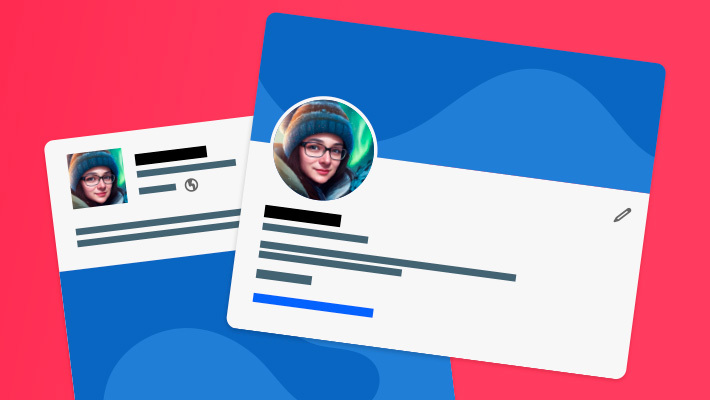
How LinkedIn helps influencers
1. Conduct competitor research
LinkedIn is the “it” platform for professionals. So, if influencers want to keep tabs on what others are doing professionally, it’s the place to be.
Here, they can find out:
- Keywords, hashtags, and tones competitors are using
- What does their target audience want to hear about
- The engagement level of other influencers
- Professional endeavors of competitors
- What others are talking about
- Who they’re interacting with
This listicle is only the tip of the iceberg. As far as competitor research goes, LinkedIn has more advanced capabilities.
2. Build authority
When influencers share social proof (e.g., case studies, metrics, endorsements, client names, follower count, engagement rate, etc.) or thought-leadership content on the platform through text or interactive data visualization, they become the trusted authority in their niche.
In other words, when there’s a discussion around a new topic, they become the first people to hear their thoughts on what this topic of discussion could mean for the future.
Or, if their followers are struggling with something, the influencer is the first person they’d think about messaging for answers.
For example, Nikole Mackenzie, an influencer in the accounting space, is often asked about her business plans.
Building authority is a two-way street for influencers because the more trust their audience puts in them, the more they get from their brand collaborations. So if they wish to build a community and attain their trust, developing a brand on LinkedIn is necessary.
3. Get social proof
Since LinkedIn is a professional platform, it allows users to showcase social proof such as portfolio links, experience in the industry, endorsements, follower count, and testimonials from industry peers on their dashboards.
Once people see that their peers trust an influencer, too, it becomes easier for them to give importance to the influencer’s ideas.
For instance, how Diana Ross shares Jeremy Moser’s tweet with her LinkedIn audience shows how she values the information shared in the screenshot. That’s one point towards Jeremy’s social proof.
But on top of that, this post amassed over 4,000 likes, showcasing the power of Jeremy’s message and instantly boosting his reputation as a marketing leader on the platform.
Similarly, if a potential sponsor sees that the influencer has brought excellent results for other clients, it provides additional confidence and feels more acceptable to collaborate with them.
4. Connect with others
Influencers can easily send personalized requests, DMs, inMails, and messages to peers, sponsors, idols, and prospects to connect with them.
Tools like Hunter.io and RocketReach also rely on the information collected on LinkedIn to share contacts.
The best part? Some professionals (e.g., editors) also write posts on how they prefer others to connect with them, thus allowing influencers to write the perfect cold pitch. To effectively reach out and build connections on LinkedIn, it can be pivotal to utilize tools that highlight potential leads. One method includes extracting leads from Sales Navigator efficiently. This way, you not only gather data but identify quality connections pertinent to your goals.
Related: The Best LinkedIn Marketing Handbook for Enterprises
Best practices for building a LinkedIn marketing strategy
1. Set specific goals and decide on the content type
Before you even begin creating a LinkedIn marketing strategy, your first step would be to identify what you want to achieve out of it.
For example, do you want to boost sales, build authority, or increase followers?
Once you pinpoint a goal, the next step would be to research what other experts in the industry are doing to get the same results (consider factors like how frequently they’re posting, who they’re targeting, and what topics they’re talking about).
Lastly, decide the content type, and structure you want to majorly focus on. For example, does your audience prefer video content over text content? Do they like short posts over long ones?
LinkedIn has had a history of prioritizing video content, so it might be a good idea to use text-to-speech platforms to create easy-to-navigate videos.
2. Interact with others
Your engagement rate will go down the drain if you only hit publish and don’t interact with others to create your own micro-community.
So, once on LinkedIn, try your best to interact with your network, comment on their posts, and share thoughtful advice.
Pro-Tip: To increase your engagement rates, make sure your posts and comments are easy to navigate, target relevant keywords, have an optimal number of hashtags, and use outbound links sparsely.
Here’s an example of a well-written LinkedIn post:
If you’re having some difficulty creating content or getting inspiration, you can use AI workflow automation tools to create personalized cold pitches and thought leadership content that’s optimized for SEO.
3. Use LinkedIn tools to your advantage
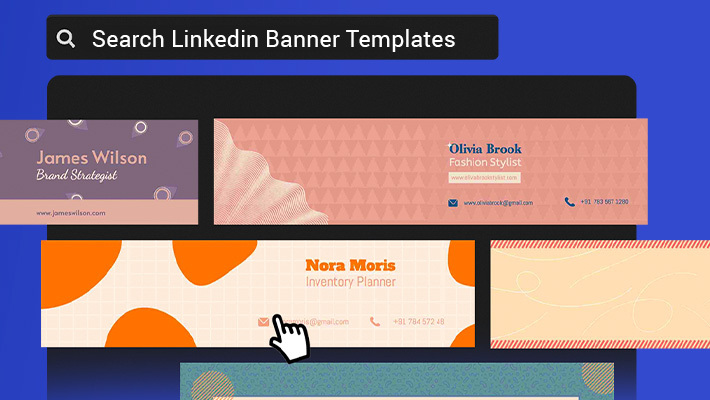
LinkedIn offers pretty neat tools that other platforms don’t. For example, you can:
- Share all types of content (e.g., text, videos, carousels, images, etc.) on LinkedIn
- Upload important portfolio links and “Feature” them on your profile
- Share if you’re “open to work” or “hiring” on your profile pic
- Share testimonials, endorsements, and opportunities
- Refer to your dashboard as a digital business card
- Interact with your professional network
- Create and update your virtual resume
- Organize virtual events
- Keep a pulse on trending topics
- Connect with industry peers. There are also a lot of 3rd party tools like data extractors that you can use to find new clients and partners and to reach out to them.
4. Stick to a schedule
One thing all LinkedIn influencers have in common is they maintain a regular cadence when uploading content. Some might even look at the algorithm to determine the most optimal time to upload posts.
Even if you change your upload timing to keep up with the algorithm, create a schedule on how many posts you want to upload in a month (and your objective with these posts).
Here are a few ways to help you stick to a consistent schedule:
- Set aside a specific time to post each week, and create a content calendar that outlines what topics you plan to cover and when.
- Schedule LinkedIn posts in advance using a tool such as Simplified.
- Follow other influencers in your field and use their content for inspiration.
- Keep track of the topics your followers engage with the most and focus on those.
- Utilize LinkedIn’s analytics to measure the success of your posts and adjust your strategy accordingly.
Wrapping up
Even with all these tips to back up your LinkedIn marketing strategy, your engagement rate might still not go from 2 to 10,000x overnight.
It takes time and dedication to manage your social channels, and no one better than Publer understands this.
That’s exactly why we’ve created a tool that’ll help you schedule your LinkedIn posts, collaborate with others, and analyze your data at the click of a button.
We’ll help you grow your following on LinkedIn and take all the tedious tasks off your plate.
To learn the full capabilities of Simplified, sign up here.

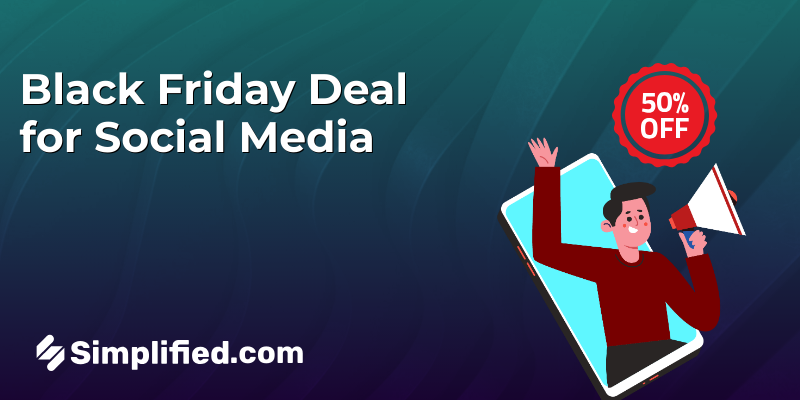
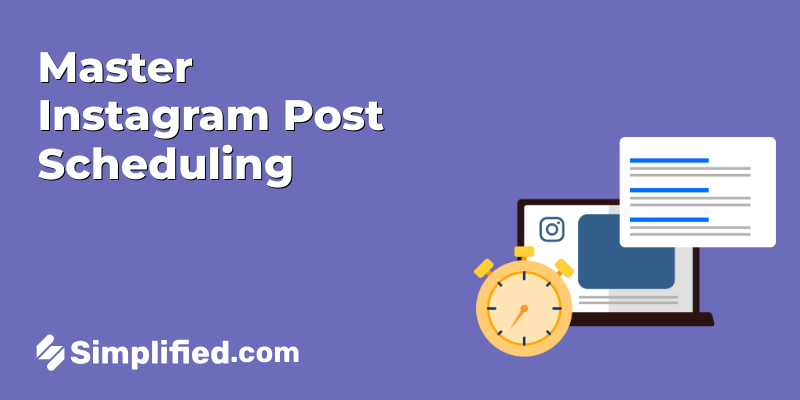

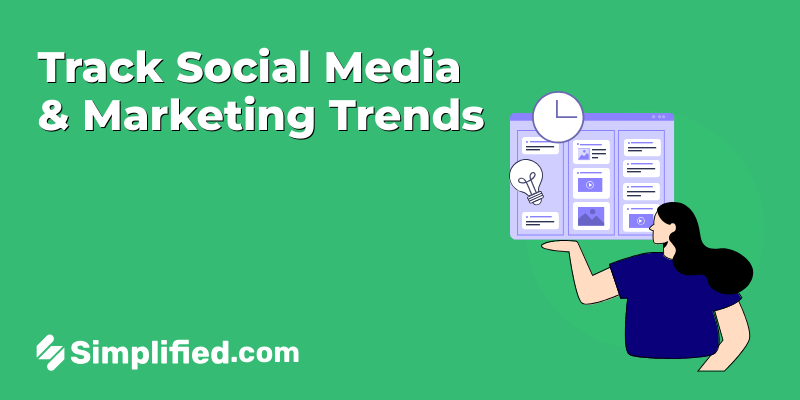
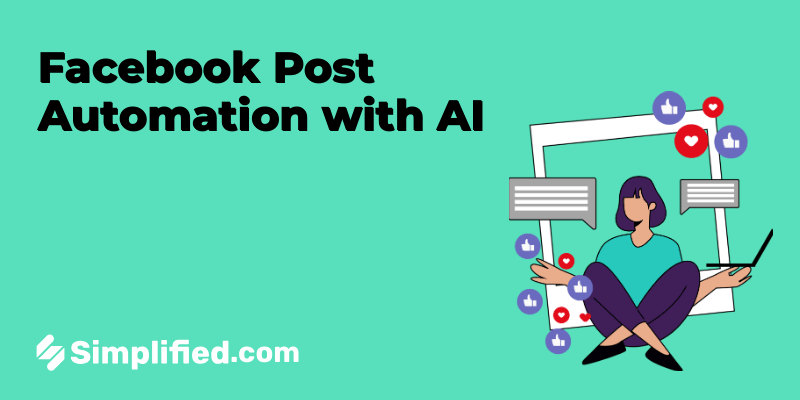
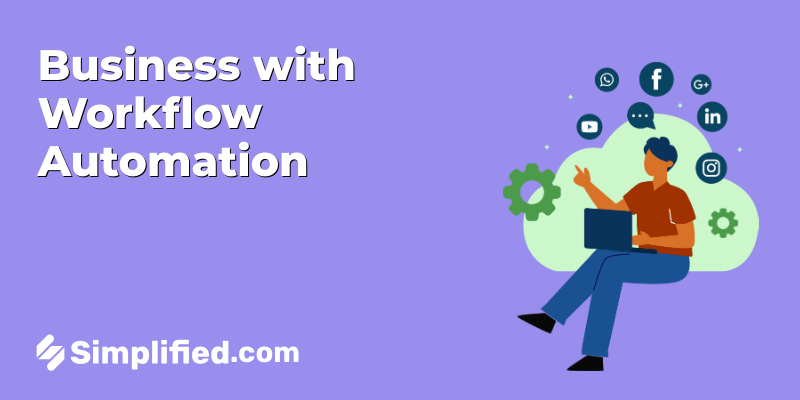
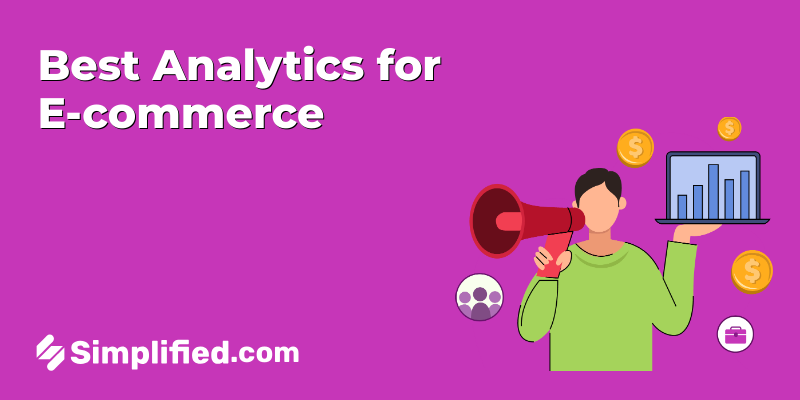
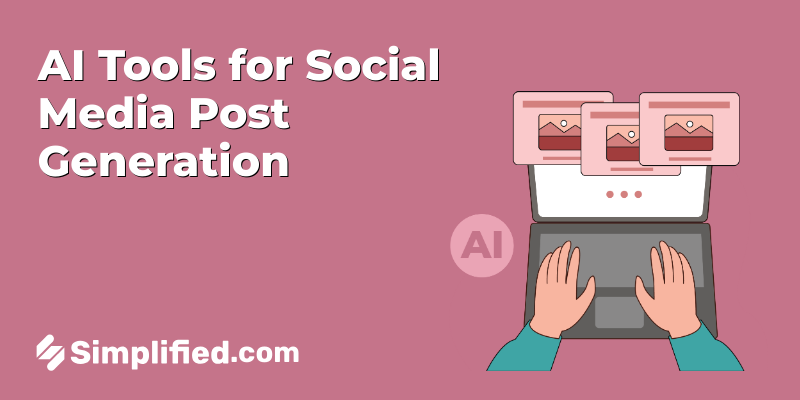
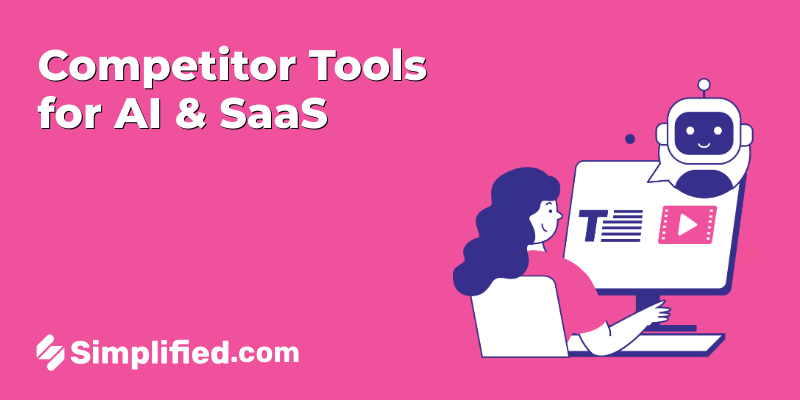
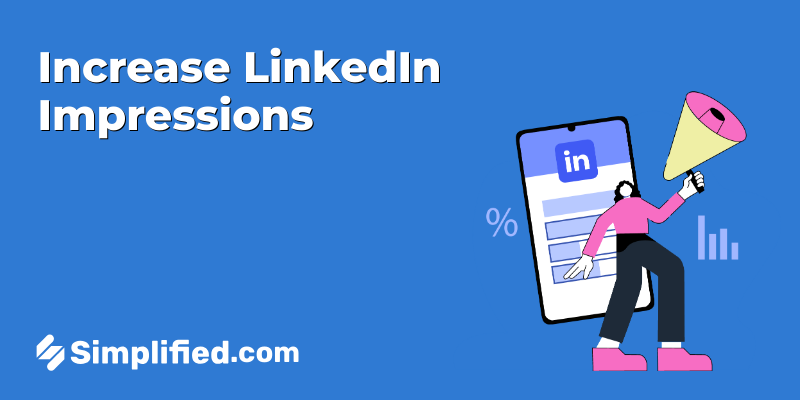
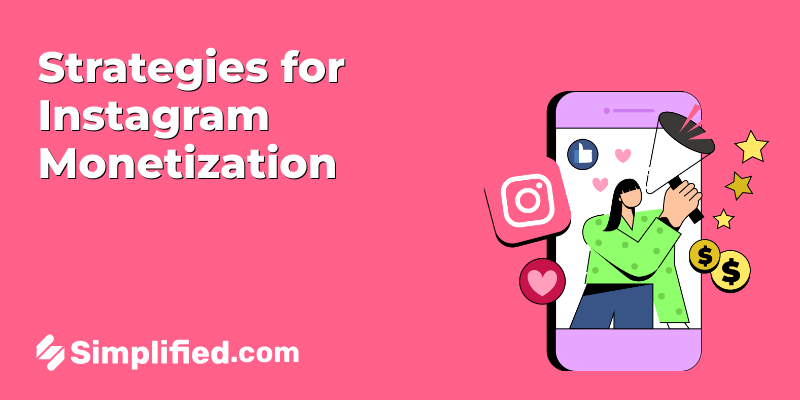
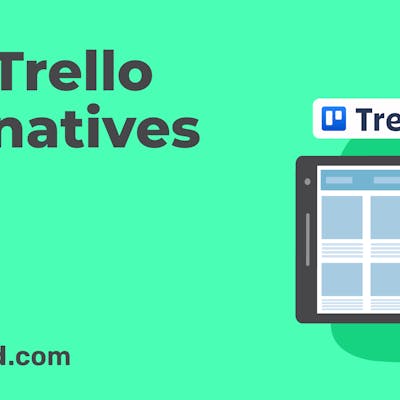

![13 Project Management Software & Tools for Creative Agencies [Free & Paid] 13 Project Management Software & Tools for Creative Agencies [Free & Paid]](https://siteimages.simplified.com/blog/Advertising-Agency-Project-Management-Softwares-01.png?auto=compress&fit=crop&fm=png&h=400&w=400)
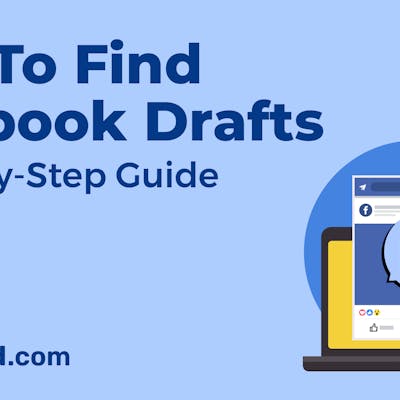
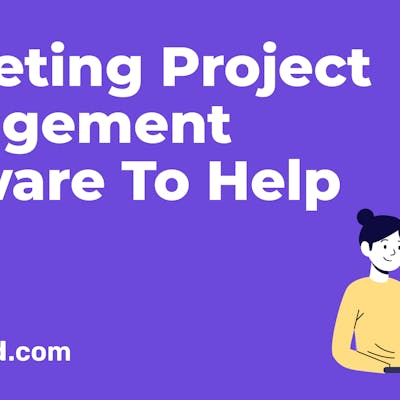
![How to Find Your Drafts on Instagram: Posts, Reels & Stories [2025] How to Find Your Drafts on Instagram: Posts, Reels & Stories [2025]](https://siteimages.simplified.com/blog/How-to-Find-Your-Drafts-on-Instagram-Ultimate-Guid-01-1.png?auto=compress&fit=crop&fm=png&h=400&w=400)
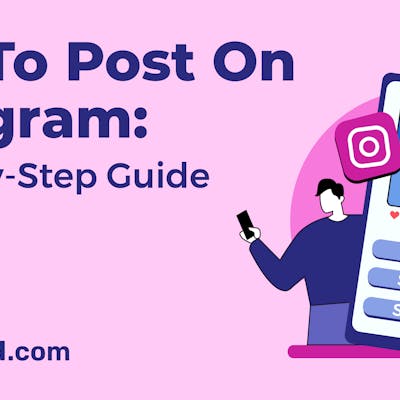
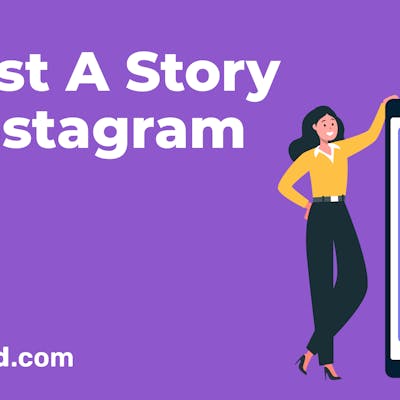
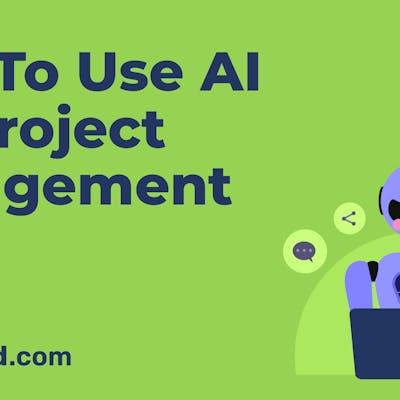
![20+ Top monday.com Alternatives In 2025 [Free & Paid] 20+ Top monday.com Alternatives In 2025 [Free & Paid]](https://siteimages.simplified.com/blog/Top-Project-Management-Tools-01-1.png?auto=compress&fit=crop&fm=png&h=400&w=400)
